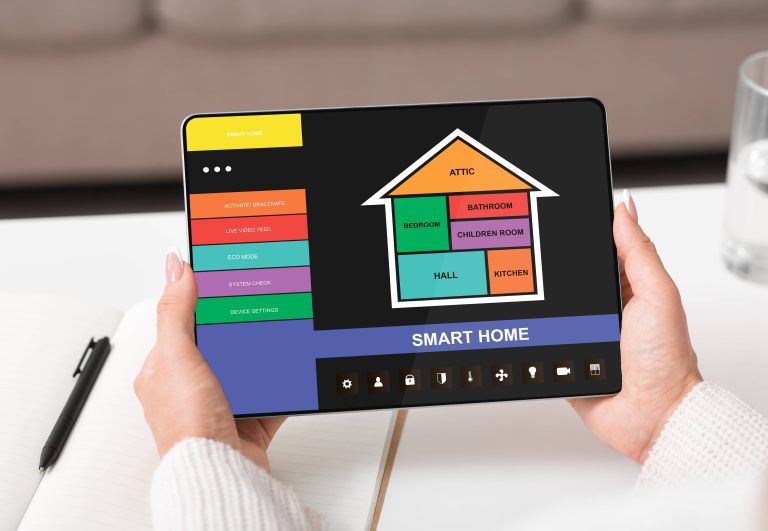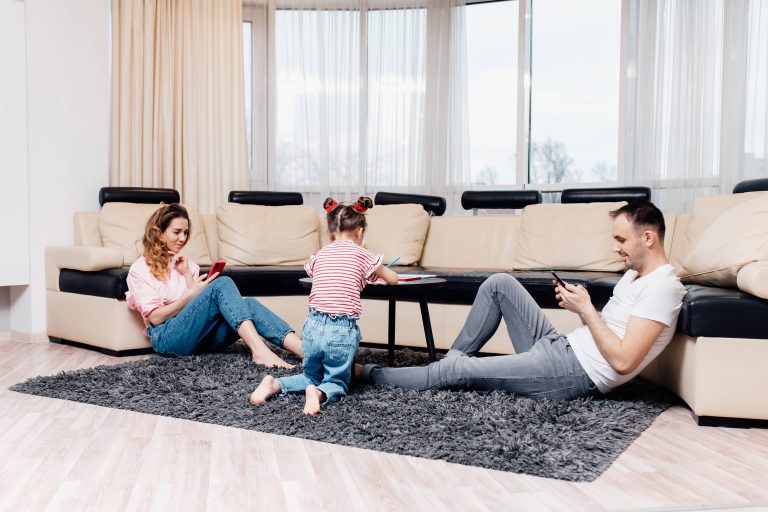
As we continue to welcome the era of smart homes into our daily lives, one of the most crucial and beneficial aspects of this innovation is the ability to automate blinds for optimizing natural cooling and heating. Smart blinds are not only an embodiment of luxury and convenience but also a remarkable way to enhance energy efficiency and reduce utility costs. In this post, I’ll guide you through the best practices for automating smart blinds to ensure that your home remains comfortable throughout the year while being eco-friendly.
Understanding Smart Blinds
Before we delve into automation guidelines, it’s essential to understand what smart blinds are and how they function. Smart blinds are window coverings that can be controlled remotely using smartphones, tablets, or smart home hubs. They typically come with embedded sensors or motors that adjust the blinds based on various parameters such as time of day, temperature, or light levels.
The Benefits of Automating Smart Blinds
1. Energy Efficiency: By effectively managing solar heat gain in winter and minimizing heat loss in summer, smart blinds can significantly reduce your reliance on HVAC systems.
2. Comfort: Properly automated blinds adjust to provide optimal natural light, reducing the glare and maintaining a consistent indoor temperature.
3. Security: Automating your blinds can create the illusion of occupancy, deterring potential intruders.
4. Convenience: With smart blinds, you can say goodbye to manually adjusting blinds every day.
Guidelines for Optimal Automation
1. Assess Window Orientation and Sun Exposure
The first step in setting up your smart blinds for natural cooling and heating is to understand the orientation of your windows and their exposure to the sun. South-facing windows typically receive the most sunlight, making them prime candidates for automation to maximize solar gain during winter months. Meanwhile, west-facing windows can cause significant heat gain during the afternoon in summer, necessitating automation to block out the sun.
Pro Tip: Use a compass or a smartphone app to determine the exact orientation of your windows and note the times when each window receives the most sunlight.
2. Invest in Quality Smart Blinds
Your automation is only as good as the smart blinds you use. Ensure you purchase high-quality, durable smart blinds equipped with reliable sensors and a robust motor system. Check for compatibility with your existing smart home ecosystem, such as Amazon Alexa, Google Home, or Apple HomeKit.
3. Set Up Smart Sensors
Smart sensors, such as temperature, light, and occupancy sensors, are crucial to intelligent automation. These sensors provide the data necessary for accurate adjustments.
– Temperature Sensors: Install temperature sensors both inside and outside your home. These sensors will help the blinds adjust based on the external temperature relative to your indoor settings.
– Light Sensors: Integrate light sensors to measure the intensity of sunlight. Blinds can thus adjust to allow more light during cloudy days and less during bright sunny days.
– Occupancy Sensors: These sensors detect movement within a room and can ensure the blinds are adjusted according to human presence, preventing unnecessary adjustments when no one is home.
4. Create Automation Schedules
Creating schedules based on your daily routine and the seasonal changes is key to optimizing natural cooling and heating.
– Morning: In the winter, schedule the blinds to open in the morning to allow sunlight to naturally warm up the space. Conversely, in the summer, keep them closed to block morning heat.
– Afternoon: Program the blinds to close during the peak sun hours in the summer to prevent excessive heat gain. In winter, keep them open to maintain warmth.
– Evening and Night: Close the blinds before sunset to trap heat inside during winter and in summer to keep the heat out.
5. Integrate with HVAC Systems
For ultimate efficiency, integrate your smart blinds with your HVAC system. This integration enables coordinated management of indoor climate. For instance, when the indoor temperature reaches a certain threshold, the blinds can automatically open or close to assist the HVAC system in maintaining the desired temperature.
6. Use Voice Commands and Remote Access
Take advantage of voice commands and mobile apps to give you control over your blinds from anywhere. This flexibility ensures that even if you forget to adjust your blinds before leaving home, you can make the necessary changes remotely.
7. Regular Maintenance and Updates
Like any technology, smart blinds require regular maintenance and software updates. Ensure that your blinds are free from dust and debris that could interfere with sensors. Keep the software up-to-date to benefit from the latest features and enhancements.
Final Thoughts
Automating smart blinds is not just about enhancing comfort and convenience; it’s about creating a more sustainable and energy-efficient home. By understanding your window orientations, investing in quality smart blinds, setting up precise sensors, creating thoughtful schedules, integrating with your HVAC system, utilizing remote control capabilities, and ensuring regular maintenance, you can optimize your home’s natural cooling and heating effectively.
In the journey of embracing smart home technology, smart blinds are a step towards a greener and more comfortable living environment. Happy automating!







